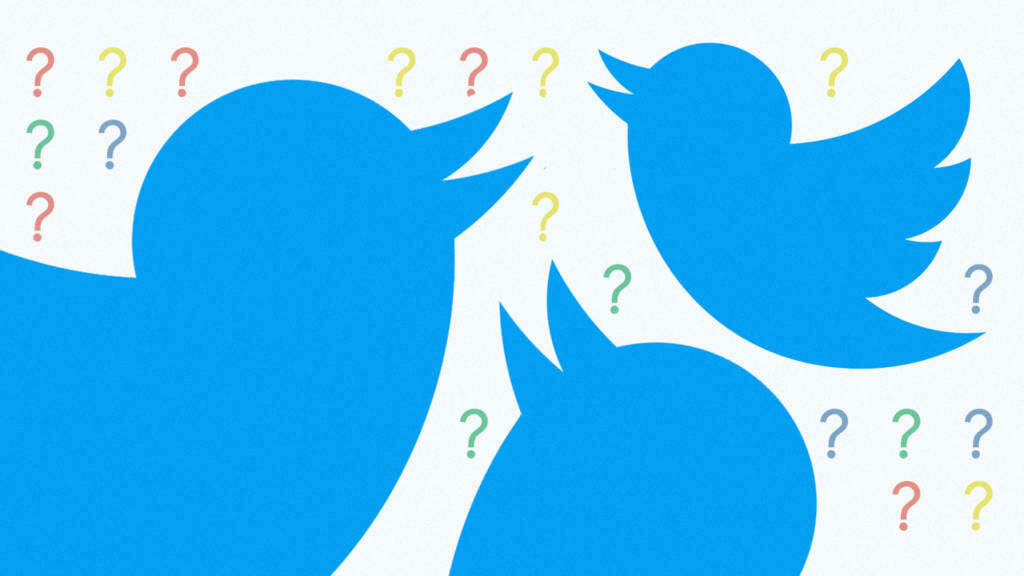For the first quarter in its history, Twitter has reported turning a profit, coming from increased ad revenue driven by improved ad engagement. However, despite this good news for investors, the social media network remains tight-lipped about metrics necessary for advertisers.
In its letter to investors, Twitter reported a 7 percent year-over-year increase in ad revenue growth for Q4, citing major improvements in the rate of ad engagements (an increase of 26 percent) and cost per engagement (a decrease of 42 percent). Click-through rates have also improved, though the company declined to give any specific figures.
Likewise, Twitter claims, without giving figures, that cost per impression (CPM) has increased despite the continued reduction in cost per engagement (CPE).
When asked about the company’s predictions for future CPEs on its earnings call, Ned Segal, Twitter’s CFO, again declined to give specific figures, saying:
“We’ve seen our CPMs be really healthy and we expect the CPM trend to continue and we try to think more about CPMs than we do about the inputs; that is, CPE or other things.”
Twitter has acknowledged that CPMs are the most significant metric for advertisers, yet refused to disclose specifics on what those numbers might be. Other important statistics for marketers, such as click-through rates and average time spent per user, are also notably absent from Twitter’s reporting.
“We feel good about where we are from a time spent perspective, but what we really talk about when we think about audience and engagement and the best way to measure the usage of Twitter as a daily utility is that [daily active user] growth,” Segal said when asked about time spent.
Twitter’s rivals in the social-media space, Snapchat and Facebook, have all disclosed specific information about CPMs and time spent to investors, even when those figures dropped significantly.
The platform’s own investor presentation reveals that not everything is in order with its ad business. While its ad revenue for the quarter did increase, it was only by one percent from Q4 last year, and was motivated entirely by international investment in Twitter ads: US spending on ads on Twitter dropped by 10 percent over Q4 2016.
In an announcement today, Twitter announced its intentions to “go back to basics” with its ad products, promising to use machine learning to improve targeting and make it easier to make media buys. But if the company won’t disclose vital information to advertisers, it may not be worth the price of admission.

